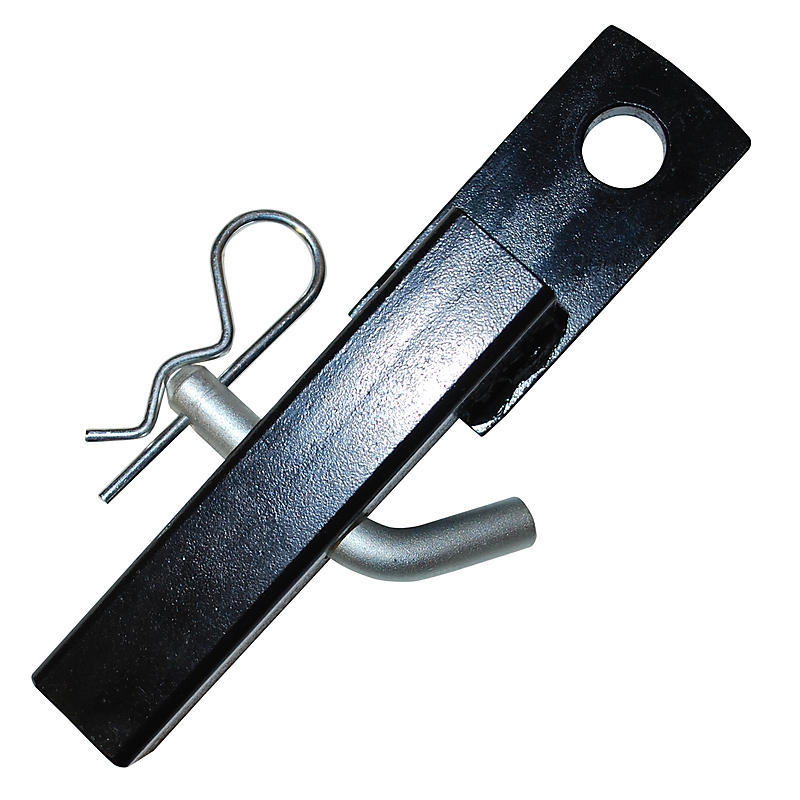See Edits
Next
No image available
No image available
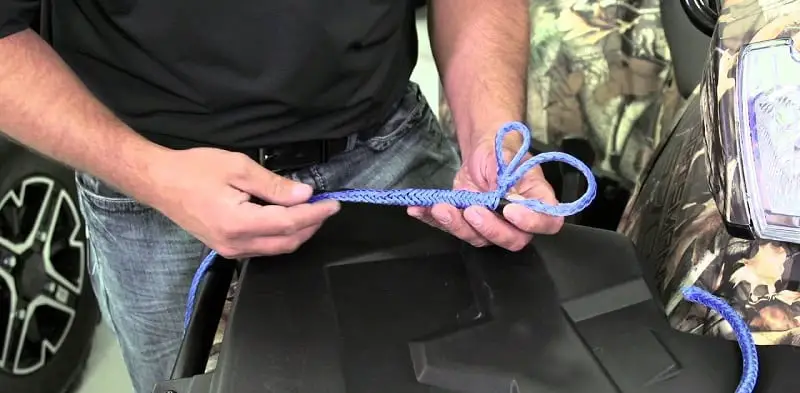 Breaking Strength
Breaking Strength$49.95 – $64.95
ATV/UTV Small Vehicle Tow Rope offers a wide range of use for recovery. Whether you are stuck in the mud in your ATV, in deep snow with your snowmobile or just need to tow your small vehicle home
ATV/UTV Small Vehicle Tow Rope offers a wide range of use for recovery. Whether you are stuck in the mud in your ATV, in deep snow with your snowmobile or just need to tow your small vehicle home, these tow ropes are the perfect solution. Our Tow Ropes are Stronger, Lighter and Safer than traditional tow chains and tow straps. Each ATV/UTV Small Vehicle Tow Rope is made with High Strength, Low Stretch UHMWPE 12 strand synthetic rope that is stronger than chains and wire cable in the same size. These ATV/UTV Small Vehicle Tow Ropes are easy to store and weigh less than 2 lbs, which is considerably less than tow chains of the same strength. Synthetic Rope is much safer than chains due to their construction and weight, as they do not release the same amount of kinetic energy when they break, reducing injury to the operator and damage damage to the vehicle as they do not retain the kinetic energy like chains. Each ATV/UTV Small Vehicle Tow Rope that is fully sheathed in a Heavy-Duty Nylon webbing to protect against abrasion. Each Tow Rope has closed eye loops on each end that can be used to connect to anything using soft shackles or D-rings. The nylon sheathing used on our tow ropes allow you to use this product as an anchor point on rough surfaces in the same way that tree straps and rock straps are used. The Tow Rope can also be used as a winch extension.
Synthetic Rope is much safer than chains due to their construction and weight, as they do not release the same amount of kinetic energy when they break, reducing injury to the operator and damage damage to the vehicle as they do not retain the kinetic energy like chains. Each ATV/UTV Small Vehicle Tow Rope that is fully sheathed in a Heavy-Duty Nylon webbing to protect against abrasion. Each Tow Rope has closed eye loops on each end that can be used to connect to anything using soft shackles or D-rings. The nylon sheathing used on our tow ropes allow you to use this product as an anchor point on rough surfaces in the same way that tree straps and rock straps are used. The Tow Rope can also be used as a winch extension.
 – Custom lengths available by request.
– Custom lengths available by request.*Note: Straight Line pulls are when you are using the Tow Strap to pull a vehicle using constant even tension. Our ATV/UTV & Small Vehicle Tow Ropes are not meant to be used in a recovery situation where uneven tension such as yanking or jerking is needed, instead a Kinetic Recovery Rope would be needed for that situation.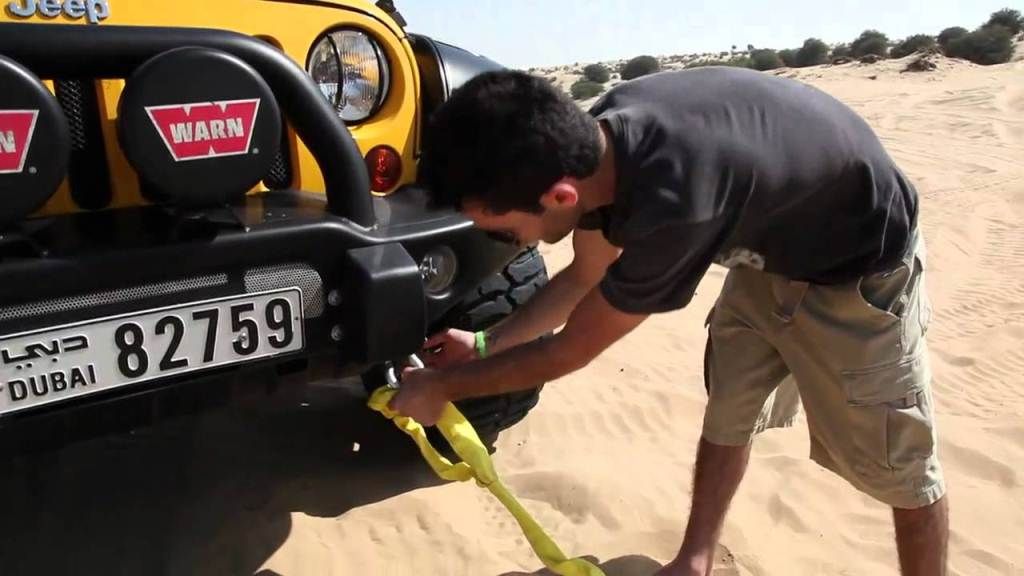
Ratchet strap is a strong and durable strap for loading, securing and unloading loads. Because they are so versatile, we see industrial ratchet straps often used for purposes such as moving, transporting goods, securing heavy objects in vehicles, and even for personal purposes such as securing volleyball nets and hammocks.
Ratchet straps are most commonly made from a webbed polyester blend and consist of two separate pieces with an attachment for equipment.
To make these parts work together, you first release the ratchet. Then thread the strap and start preparing to secure your items. To secure an item, you'll pull back on the metal trigger and see the strap wrap around the center of the device.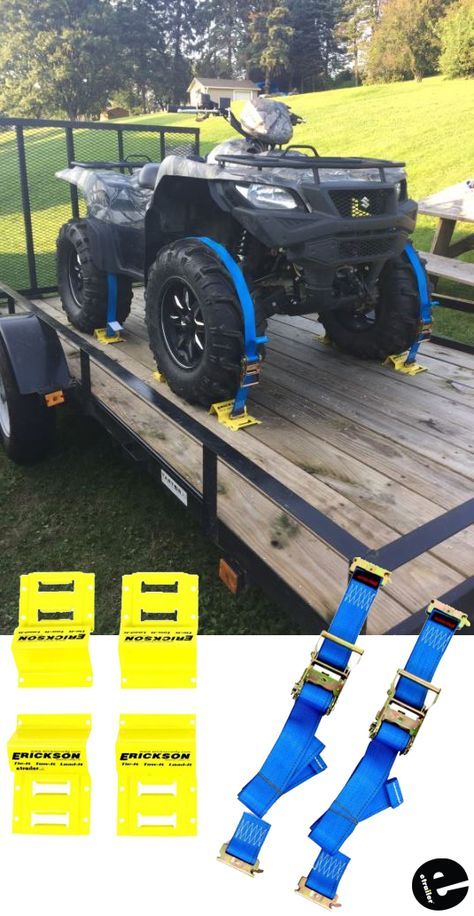
As you continue to wind the strap, you will feel that the strap is getting tighter and tighter on your item. Try moving the item a little to make sure the ratchet straps have secured the item so it doesn't move or shift at all.
Ratchet straps, slings, cargo tie slings and cargo straps are often used to properly load and secure large items on vehicles such as trucks, jeeps, other SUVs or vans.
Load securing straps
Ratchet straps and tie down straps are most commonly used to secure loads during loading, handling and unloading. Whether it's moving a large item like a TV with a pickup truck or securing a few appliances in the back of a van, cargo straps are by far the quickest and safest measure.
Pickup Truck Body Straps
Ratchet straps, although more commonly used for carrying cargo, can also be a convenient way to secure groceries and shopping bags. You can use the straps and tie the drawstrings on the handle loops of the bag so they don't deflate or move around on your back.
Commercial Truck Straps
We've all seen flatbeds and trailers cruising the highway with ratchet straps holding cargo from household goods to transport crates, but professional/commercial trucks use ratchet straps, slings and cargo ties outside and inside their trailers.
Professional moving straps
One of the most important tools for professional movers is tie down straps. Cargo tie straps and ratchet straps make their work much easier, without them they would not be able to do the job, sometimes there is a request on the Internet or in the newspaper: buy crane slings, this is a kind of name for the same slings, so remember this name too!
Straps prevent load shifting, strengthen load securing and help maximize space inside crates, trucks and trailers. In addition, weight straps can be used to tighten moving blankets to protect furniture and other sensitive items on the surface. These straps help keep the duvets in place.
ATV Seat Belt
Because ATVs are such a popular weekend getaway, many people carry ATVs on trailers. To keep the ATV in place during transport, weight straps and ratchet straps are the preferred method of securing. When the ATV is wrapped around the tires and secured to the sides of the trailer, it stays in place and is easy to buckle and unhook.
Motorcycle belts
Motorcycles are not always delivered to their destination, they are towed on a trailer. The ratchet and weight straps are ideal for tying down motorcycles and preventing them from shifting when towing.
Car Towing Straps
Car towing is usually done by a professional, however many trucks have towing capability and we see cars being towed by trucks all the time. It is very important to ensure that the vehicle being towed is securely fastened with industrial strength cargo tie down straps. Professional tow trucks use ratchet straps after they have loaded the car onto their tow truck's platform. These belts are usually wrapped around the tires of the vehicle and then attached to the built-in belt hooks on the trailer.
These belts are usually wrapped around the tires of the vehicle and then attached to the built-in belt hooks on the trailer.
Straps to get the car out of the mud or snow
Mud can be fun, but it can also be a major inconvenience! Whether it's an ATV, snowmobile, truck, tractor, or car, if you're stuck in mud or snow, you'll almost always need cargo straps to get you out. Since nylon straps are the most durable, they are most often used when towing a car from a sticky (or not very sticky) place.
Bicycle Tightening Straps
When you're going for a weekend hike or bike ride, you may need to attach your bike to the back of your car or SUV. Weight straps are used for extra protection when attaching the bike to the rack. You can also rely on ratchet straps to keep bikes from moving in fast traffic.
Lifting Slings & Straps
When you need to move a heavy object, it's always a good idea to have lifting straps, ratchet straps and a dolly. We often see slings and straps used to move refrigerators, washing machines, dryers and chests of drawers. The lifting straps also help distribute the object's weight, making it easier to maneuver through doors and hallways.
We often see slings and straps used to move refrigerators, washing machines, dryers and chests of drawers. The lifting straps also help distribute the object's weight, making it easier to maneuver through doors and hallways.
Luggage straps
Whether you're storing luggage in the garage or transporting luggage on a rack in your car, it's always a good idea to use luggage straps. Imagine the chaos if your luggage flew out of the trunk and fell onto the freeway while driving! Cargo ties and ratchet straps are great for adding extra protection to your luggage.
2021-11-15
What's the difference? At least the price: the so-called jerk cables are much more expensive than their "ordinary" counterparts. They can, of course, be used for the usual towing, but this is irrational: after all, they were created for something else. When the towing vehicle starts to move, the jerk cable first stretches, then to “shoot” sharply, shrinking in size. An experienced tug driver, sensing this moment, usually presses the brake: in this case, the energy of the compressing cable almost entirely goes to the towed car, pulling it out of the impassable area. In practice, if a jerk cable is used for towing, then it is folded in half.
When the towing vehicle starts to move, the jerk cable first stretches, then to “shoot” sharply, shrinking in size. An experienced tug driver, sensing this moment, usually presses the brake: in this case, the energy of the compressing cable almost entirely goes to the towed car, pulling it out of the impassable area. In practice, if a jerk cable is used for towing, then it is folded in half.
Towing strap 4.5 tons 5 meters with flags
Dynamic sling (4.5 tons, 5 m) from the Ufa company "Takelazh +" is optimal for vehicles weighing up to 1.5 tons. The width of the tape used is 5.5 cm. The hitch type is “loop / loop”.
Reflective flags: a minimum of two must be placed. Fixation type: double-sided Velcro. Flag size: visible - 200x200 mm, full - 400x200 mm.
Dynamic sling (4.5 t, 5 meters) "Standard", Rigging +
Flag kit with reflective tape for tow strap/rope
 Length and load?
Length and load? You don't need to worry about the length of the tow rope: its value is indicated in the traffic rules. It should be from 4 to 6 meters. Another thing is worse: the cable must be marked with flags or shields of the established sample, which for some reason the cable manufacturers forget about ... It may very well be that such flags-shields will have to be purchased separately: otherwise you have the right to be punished. As for the force indicated on the package of the cable, in practice the most common are 5-ton cables, which are suitable for towing almost any passenger car.
Pay special attention to the length. If the cable is too short, then at the first sharp braking, the towing vehicle will regret his kindness: the towed one will drive into his loin part of the body. But too long a cable is not a gift: think about how you will turn into an alley or, even worse, into a gateway? The tug will calmly drive around the corner, but a long cable will drag you to the side, exacerbating the trouble.
An example of a towing strap with a working load of 4 tons and a minimum breaking of 6 tons. Ideal for a vehicle with a curb weight of up to 2 tons. Tape material - polyester, execution: "hook/hook".
Dynamic cable "DorNabor" (12 tons, 9 meters) is designed for cars weighing from 2000 to 3500 kg. This should cope with almost any SUV stuck in the mud. By the way, the sling is made in Russia.
Towing strap with a working load of 4 tons
Dynamic sling (12 tons, 9 meters), DorNabor
Jerk rope requires a slightly different approach. Products with a specified load of 4.5-4.6 tons can be used to pull out stuck snowmobiles, ATVs and cars. For cars weighing no more than two tons (and these are almost all cars), cables with a load of 8-9tons. And if we are talking about such "rogues" as the Land Rover Defender 110, Land Cruiser 100/110, etc., then cables with a load of 11-14 tons will be required.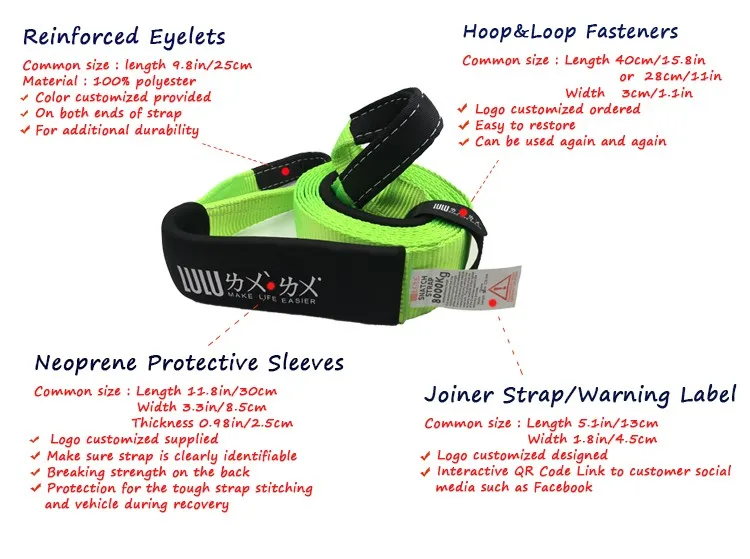 As for the product with a declared load of 15-18 tons, they are suitable for Hammers and their counterparts.
As for the product with a declared load of 15-18 tons, they are suitable for Hammers and their counterparts.
The length of the jerk cables is usually 5 to 12 meters. On average, it is better to focus on a length of 9 meters. As for the price, cheaper products are suitable, in general, for anyone who is not going to specifically climb into some kind of jungle. But expensive ones are needed just for those who climb somewhere on purpose.
Car boxing: everything you need to know (+ bonus)
Here, too, everything is simple: the cables are metal and non-metal. Steel, of course, deserves respect, but not everyone can use such a cable. Yes, it is strong, but almost does not soften the jerks that are inevitable when towing. At the same time, you are almost certainly guaranteed splinters and abrasions due to the thin steel wires that make up the body of such a cable. With a body, such a cable will also not stand on ceremony: it was ideal for the ZIL-130, but not so much for soft-bodied modern cars.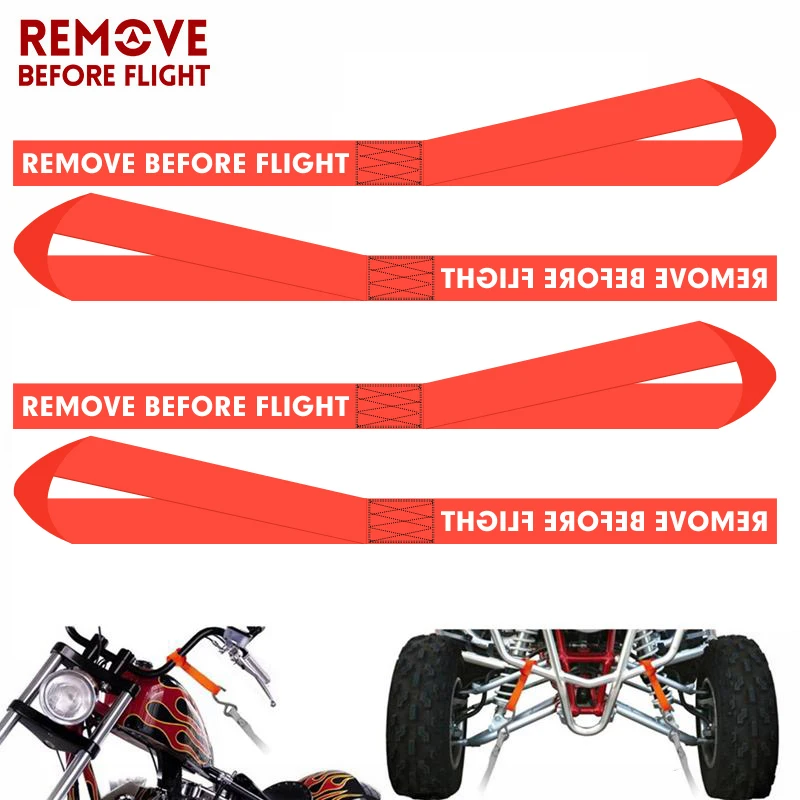 It is very problematic to compactly place such a product in the trunk: a large rusty bay is not a gift. Finally, due to the same rust, the cable can simply burst under load.
It is very problematic to compactly place such a product in the trunk: a large rusty bay is not a gift. Finally, due to the same rust, the cable can simply burst under load.
With non-metallic cables, everything is simpler: compact, light, aesthetic, do not rust. It is these cables that are mainly sold today. However, here you can’t miss the load: it must be chosen, focusing on the mass of the towed vehicle, and at least with a double margin. Let's say if your car weighs about two tons, then the cable should be rated for about 5 tons.
As far as fastening is concerned, there are two main types - loop and hook. And here you need to remember about the troubles that unsuccessfully selected fasteners can give rise to.
Let's start with the hook. It is convenient to use: hooked and drove ... But there is a serious danger: a hook that is unbent or poorly hooked turns into a weapon: the released cable is compressed like a spring, and the hook is ready to break anything - from a car glass to someone's head .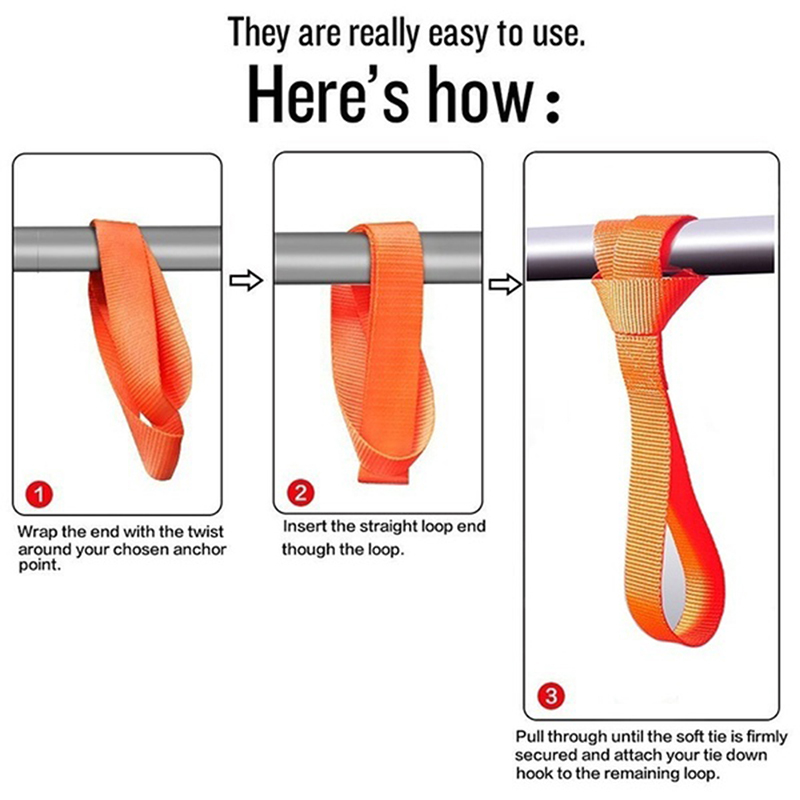 .. Just in case, to all owners cables with hooks, we give advice: when attaching to the towing eye, first thread the cable into it, folded in half near the hook, and then insert the hook into the formed loop. It will turn out a kind of chain hoist, which, firstly, will reduce the load on the hook, and secondly, even if it breaks, it will not allow it to “fire” at the brothers in mind.
.. Just in case, to all owners cables with hooks, we give advice: when attaching to the towing eye, first thread the cable into it, folded in half near the hook, and then insert the hook into the formed loop. It will turn out a kind of chain hoist, which, firstly, will reduce the load on the hook, and secondly, even if it breaks, it will not allow it to “fire” at the brothers in mind.
The Loop is a priori free from such horror stories. But an unsuccessfully tied knot can become stubborn when trying to release the cable: it will be tightened so that something cutting will call for help. In such cases, it is rational to use the so-called shackles - these are metal staples, made, as a rule, in the form of semi-rings with thickenings at the ends and threaded holes into which a powerful “finger” is screwed. A pair of such shackles will take up a minimum of space in the trunk, and any “nerd” who is far from technology can fix them properly, as well as release them. You can choose the required shackle at online store "Behind the wheel" .
And one more "experienced advice" for those who need a cable only for a single jerk - pull someone out of a snowdrift, muddy ground, etc. If you don't know how to secure the hooks properly, and you don't know the word "shuckle" at all, then before the final jerk, throw a jacket, rug, or something like that on the cable. If the cable does not withstand the jerk, then its end will simply fall to the ground, and will not go to destroy everything. By the way, just in case, ask all the "spectators" to move away - you never know what ...
Weighted Rope Damper is a special product used as a weighting agent that absorbs most of the energy from a broken sling or cable when using a winch or dynamic sling during vehicle recovery. This reduces the risk of personal injury or damage to the vehicle. The product is fixed on a sling or cable with the help of a “contact” tape - Velcro, located on the inside of the absorber.
However, instead of a jacket, it is advisable to throw on a special rope damper.